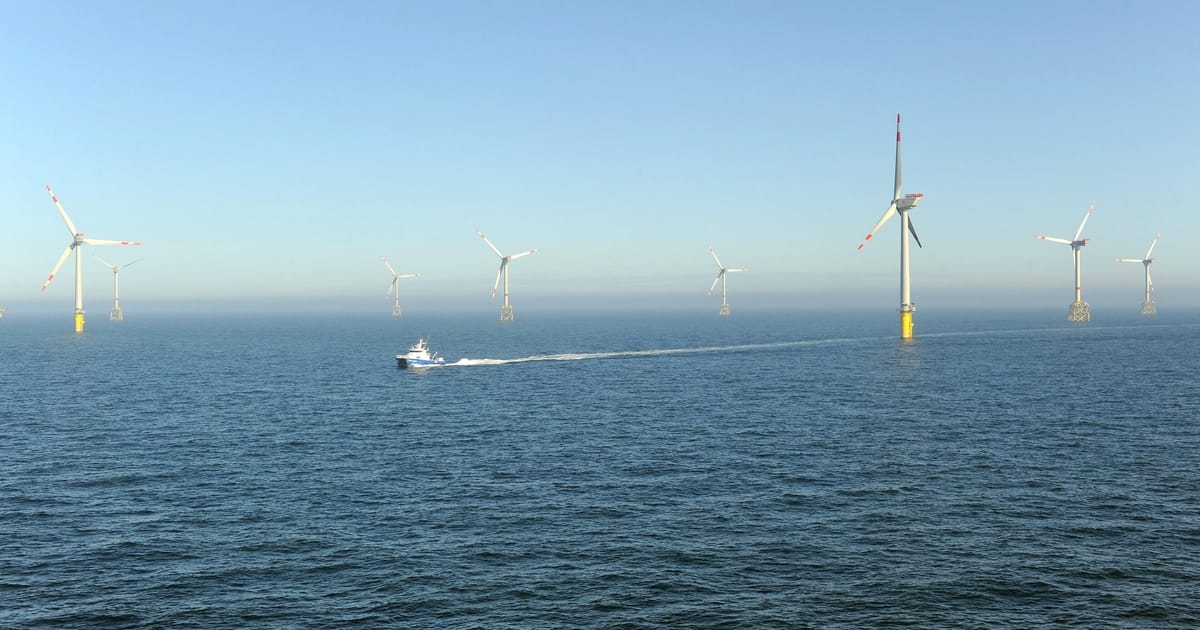The firm said it will will “evaluate options for future development of the Hornsea 4 project given the continuing seabed rights, grid connection agreement and development consent order,” but confirmed it could no longer deliver the project as planned.
Increased offshore wind capacity is expected to form the backbone of Prime Minister Keir Starmer’s ambitious plan to power the U.K. almost entirely with low carbon sources by 2030. The potential loss of 2.4GW of potential capacity is a significant setback.
A spokesperson for the Department of Energy Security and Net Zero said the government would “work with Ørsted to get Hornsea 4 back on track” and insisted that there was still “a strong pipeline of projects to deliver clean power by 2030.”
The next round of subsidy allocations under the contracts for difference scheme — known as allocation round seven (AR7) — is due later this year and is seen as a final chance to secure sufficient offshore wind capacity to hit the government’s 2030 goal.
An energy industry figure, granted anonymity to speak about government decision-making, said the loss of Hornsea 4 “raises the stakes quite a bit for AR7.”
The 2030 goal was still achievable, they said, “but it’s obviously a significant amount of capacity that now will have to be sought elsewhere if the project can’t get back up and running.”
